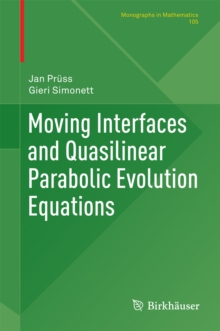
Singularities of Differentiable Maps : Volume II Monodromy and Asymptotic Integrals PDF
by V.I. Arnold, A.N. Varchenko, S.M. Gusein-Zade
Part of the Monographs in Mathematics series
Description
The present. volume is the second volume of the book "Singularities of Differentiable Maps" by V.1.
Arnold, A. N. Varchenko and S. M. Gusein-Zade. The first volume, subtitled "Classification of critical points, caustics and wave fronts", was published by Moscow, "Nauka", in 1982.
It will be referred to in this text simply as "Volume 1".
Whilst the first volume contained the zoology of differentiable maps, that is it was devoted to a description of what, where and how singularities could be encountered, this volume contains the elements of the anatomy and physiology of singularities of differentiable functions.
This means that the questions considered in it are about the structure of singularities and how they function.
Another distinctive feature of the present volume is that we take a hard look at questions for which it is important to work in the complex domain, where the first volume was devoted to themes for which, on the whole, it was not important which field (real or complex) we were considering.
Such topics as, for example, decomposition of singularities, the connection between singularities and Lie algebras and the asymptotic behaviour of different integrals depending on parameters become clearer in the complex domain.
The book consists of three parts. In the first part we consider the topological structure of isolated critical points of holomorphic functions.
We describe the fundamental topological characteristics of such critical points: vanishing cycles, distinguished bases, intersection matrices, monodromy groups, the variation operator and their interconnections and method of calculation.
Information
-
Download - Immediately Available
- Format:PDF
- Publisher:Birkhauser Boston
- Publication Date:06/12/2012
- Category:
- ISBN:9781461239406
Information
-
Download - Immediately Available
- Format:PDF
- Publisher:Birkhauser Boston
- Publication Date:06/12/2012
- Category:
- ISBN:9781461239406










